Unreasonable Search and Seizure — ACM –Airbag Control Modules
Airbag Control Modules
In R v Hamilton 2014 ONSC 447, the Court conducts an exhaustive analysis of what constitutes unreasonable search and seizure as per section 8 of the charter. The issue in this case is whether accessing the data stored on the Airbag Control Module (“ACM”) without prior judicial authorization violates s8.
The court establishes that s8 analysis consists of asking if a) there is a reasonable expectation of privacy b) the search was reasonable.
A-Reviewing the case law, the court points out that whether an expectation exists, it is necessary to look at a)The Applicant’s Subjective of Privacy and b) Is the Expectation of Privacy Objectively Reasonable in the Totality of the Circumstances?
The subjective component is not a high threshold, and it depends upon the subject matter of the search and whether the applicant had a direct interest in it. The court notes that the subject matter of the search was not the ACM as a physical object, but the date stored within in, and that the applicant had a direct interest in the data.
Whether the expectation is objectively reasonable depends on a number of questions, suggested in Edwards. The court examines these questions and finds that the expectation was objectively reasonable.
Finding that a reasonable expectation of privacy exists, the court evaluates whether the search was reasonable. The court finds that -1-The search was not authorized by law and that 3-the search itself was not reasonable. 2-The court does not address whether the law in question was itself unreasonable.
It is important to note that the court’s analysis in both establishing that there is a reasonable expectation and that the search was unreasonable acknowledges the problematic nature of the officer’s conduct. There is not a single factor that the court finds in favour of the crown in this part of the analysis. And this forms the bulk of the decision. The court spends an awful lot of time in establishing that the conduct was a breach of s8.
However, when it comes to the remedy under s24, the analysis is brief and the court is quick to establish that the administration of justice will not be brought into disrepute by including this evidence. The court says that the 1- the charter breach is not particularly serious, and that the court must take into account the conduct of the applicant that led to the charter breach. 2-The court also says that the impact on the charter protected interests of the applicant is moderate and that 3- the reliability of the evidence weights in favour of inclusion (Society’s interest in an adjudication on the merits)
Balancing the factors, the court finds in favour of including the evidence.
My thoughts: This case was enlightening purely for the huge gulf between the s8 and s24 analysis. In the s8 analysis the court seems far more cognizant of the accused’s rights, whereas s24 seems to exist solely to provide legal sanction to include evidence that infringes charter rights.
R v Shaw 2016 ONSC 658
The Appellant was convicted of failing to provide a breath sample, but appealed because the testimony consisted of evidence by adult witnesses that was not sworn or affirmed.
The judge reviews the law and finds that for adult witnesses the proper way to receive evidence is by testifying under oath or by solemn affirmation. The cases provided by the crown deal with witnesses with specific considerations for testifying. No such considerations are in operation in the facts here.
The judge notes with approval the cases cited by the Appellant. In Matheson, failure to follow strict compliance with having evidence taken under oath, the process was rejected. Similarly, in Kalkhorany, the court found that a trial procedure could not be remedied when the trial began as a summary conviction, and when the six month time period for commencing expired, the process was converted into a trial by indictment. The court found that the formality of reconstituting the court and taking a proper plea on the process had to be followed or specifically waived.
Rejecting, the crown’s assertion that this was a procedural issue, the judge quashes the conviction.



